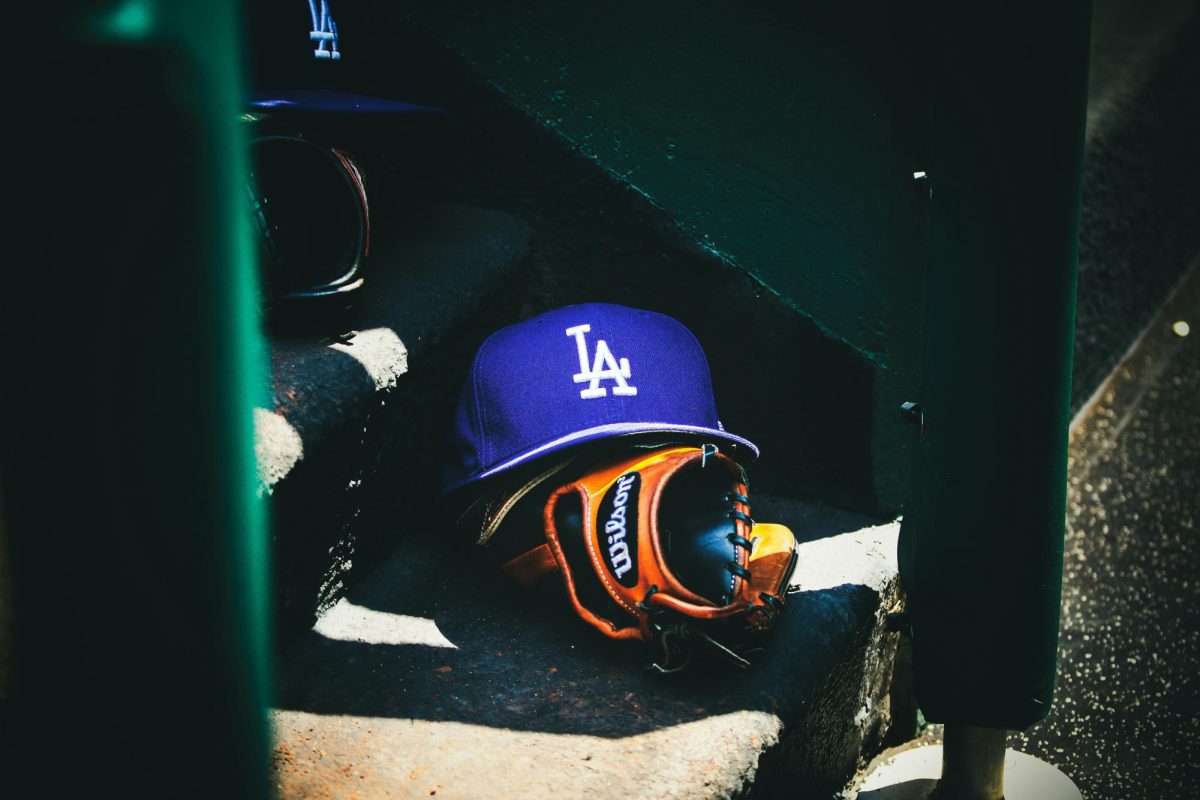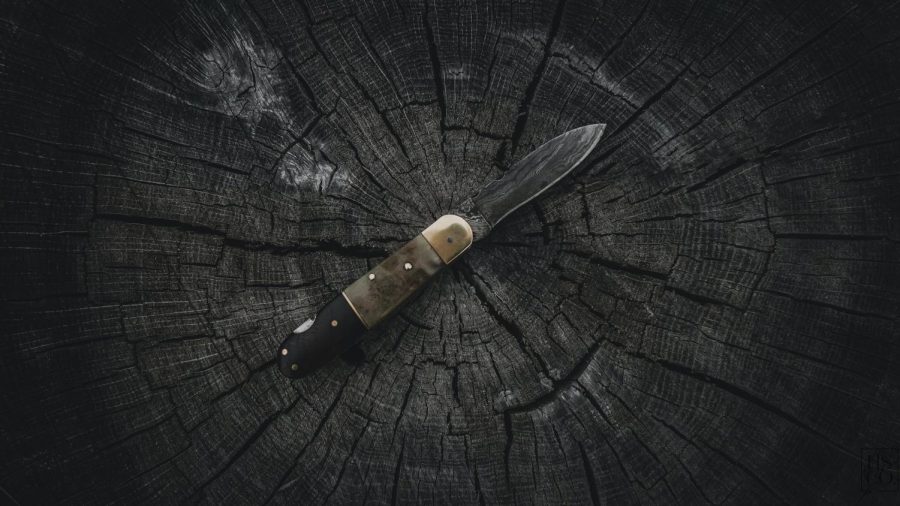An Astronaut’s Guide to Planets that Could Have Life
May 2, 2023
Most of you know that there is much of the universe to discover. Whole solar systems, galaxies, and even giant clouds of dust are waiting out there for us to find. But what many people do not know is that there are planets that you can live in– or that other things live in – right in our very own solar system!
Now, they’re not exactly planets like you’d think. I’d love to tell you that you could be able to take summer vacations to Mercury or field trips to Saturn’s rings. But what I really mean is moons. There are about 90 surrounding Jupiter, and 83 near Saturn. There are some out there that could have life, like single celled organisms.
First, there’s Titan. This moon orbiting Saturn is a beast – , as the second largest moon in the solar system! And Titan breaks a few more records, having a thick atmosphere and being the only moon with a cycle like the water cycle on Earth. Yeah, Titan has oceans, lakes, and rivers… sort of. They are seas, but instead of being full of H20, they are made of liquid ethane and methane. Although the surface of these bodies of water are made out of rock-hard ice, the fact that there is an ocean below the ice is still promising. Below the moon’s surface, however, are more watery seas. There are many possibilities of life like we know it (single celled organisms or even more) in the ocean below, and there are also promises of life like we don’t know it (different chemistry than ours) in the methane bodies of water above.
Next, there’s Enceladus. This moon also orbits Saturn. It is one of the most reflective bodies in the solar system, which means that the temperatures are frigid. Like Titan, it has an underground ocean, but what scientists found is very interesting. You see, instead of keeping the water in the crust like other places, it spews the water out of its surface into space. So on October 28th, 2015, the probe Cassini made a flyby under Enceladus’ south pole to confirm hypothermal activity suspected to take place on its seafloor. Scientists also have estimated that there is dissolved phosphorus in the water. The samples made it blatantly obvious that Enceladus has all the materials for life.
Finally, Europa. This moon of Jupiter is the smoothest solid object in the solar system– and that’s not even the most interesting thing about it. For a while, people have theorized that there could be water on Europa. Scientists used the Galileo spacecraft to find out that Europa has a magnetic field, which scientists guess comes from its big, salty oceans. And the best part– the life that might inhabit Europa probably would not be powered by photosynthesis, but by chemical reactions. Jupiter is constantly sending radiation to Europa, which would kill any life trying to live on the surface. But below the icy crust, the radiation could be fuel for life.
As you can see, there are many moons in our solar system that have the possibility for life. Maybe one day, you could visit them– as long as you’re willing to take from 3 to 11 years to get there. But, all in all, it’s amazing that we know that we may not be alone.
Works Cited
Overview | Titan – NASA Solar System ExplorationOverview | Titan – NASA Solar System Exploration
In Depth | Enceladus
Enceladus Flyby 21 (E-21): Deepest Dive Through the PlumeEnceladus Flyby 21 (E-21): Deepest Dive Through the Plume
Ingredients for Life | Why Europa.
NASA: Saturn moon has all the ingredients to support life – CNET




















